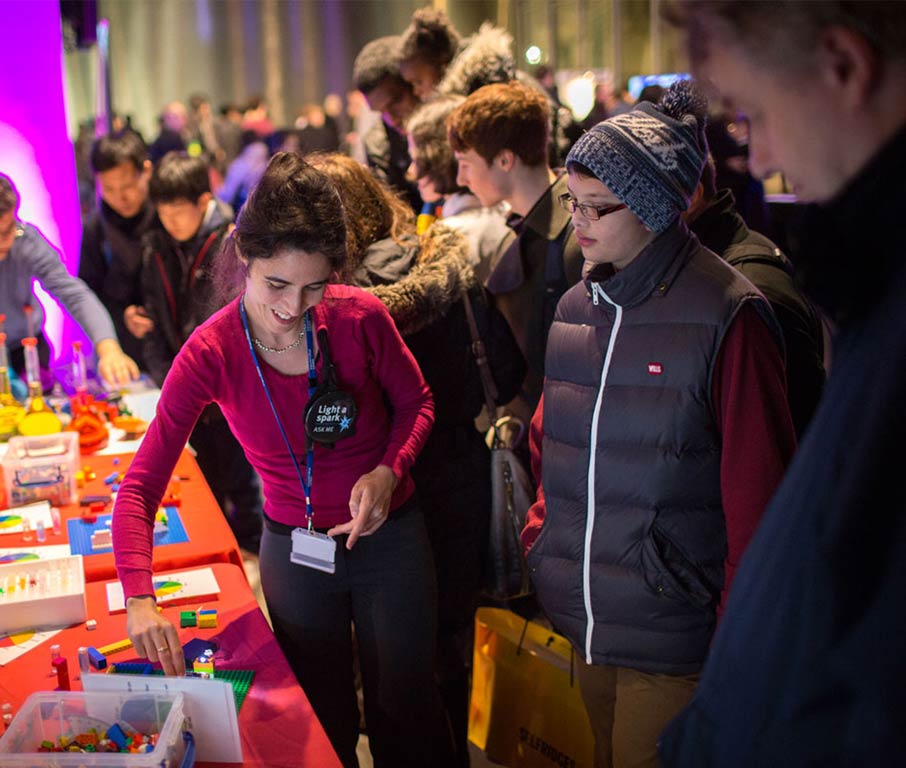Supervisors
Andrei Kozlov (Bioengineering)
Simon Schultz (Bioengineering)
Claudia Clopath (Bioengineering)
About half of the cells in the brain are glial cells. They are involved in virtually every normal and pathological process in the CNS. It is known that astrocytes (a major type of glial cells) can release classical neurotransmitters and modulate the excitability of neuronal ensembles. This knowledge, however, is based almost entirely on work performed either in culture or in brain slices.
Therefore, one of the most basic yet essential open questions about neuro-glial circuits, and about cortical computation more generally, is the following: How do astrocytes respond to natural sensory stimuli in awake behaving animals? This question has not been investigated for a number of reasons. One of the reasons is conceptual: it was not known until recently that astrocytes can respond to sensory stimuli in vivo with a response selectivity as sharp as that of neighboring neurons. It was believed that only neurons had receptive fields.
The other reason is technical and has to do with engineering. To test a hypothesis that astrocytes have tuned receptive fields requires development of new engineering tools. These tools are optical to measure astrocytic activity in vivo, and computational to determine the receptive fields, which is particularly difficult with complex natural stimuli.
This project combines powerful imaging and novel computational methods to test a hypothesis that astrocytes in auditory cortex respond selectively to natural auditory stimuli. We want to understand how the “glial code” resembles the neuronal code and how it differs from it and, most importantly, how they work together to support cortical computation.
Brexit - how will it affect me?
Contact us
Centre Manager
Kate Hobson
Email: k.hobson@imperial.ac.uk
